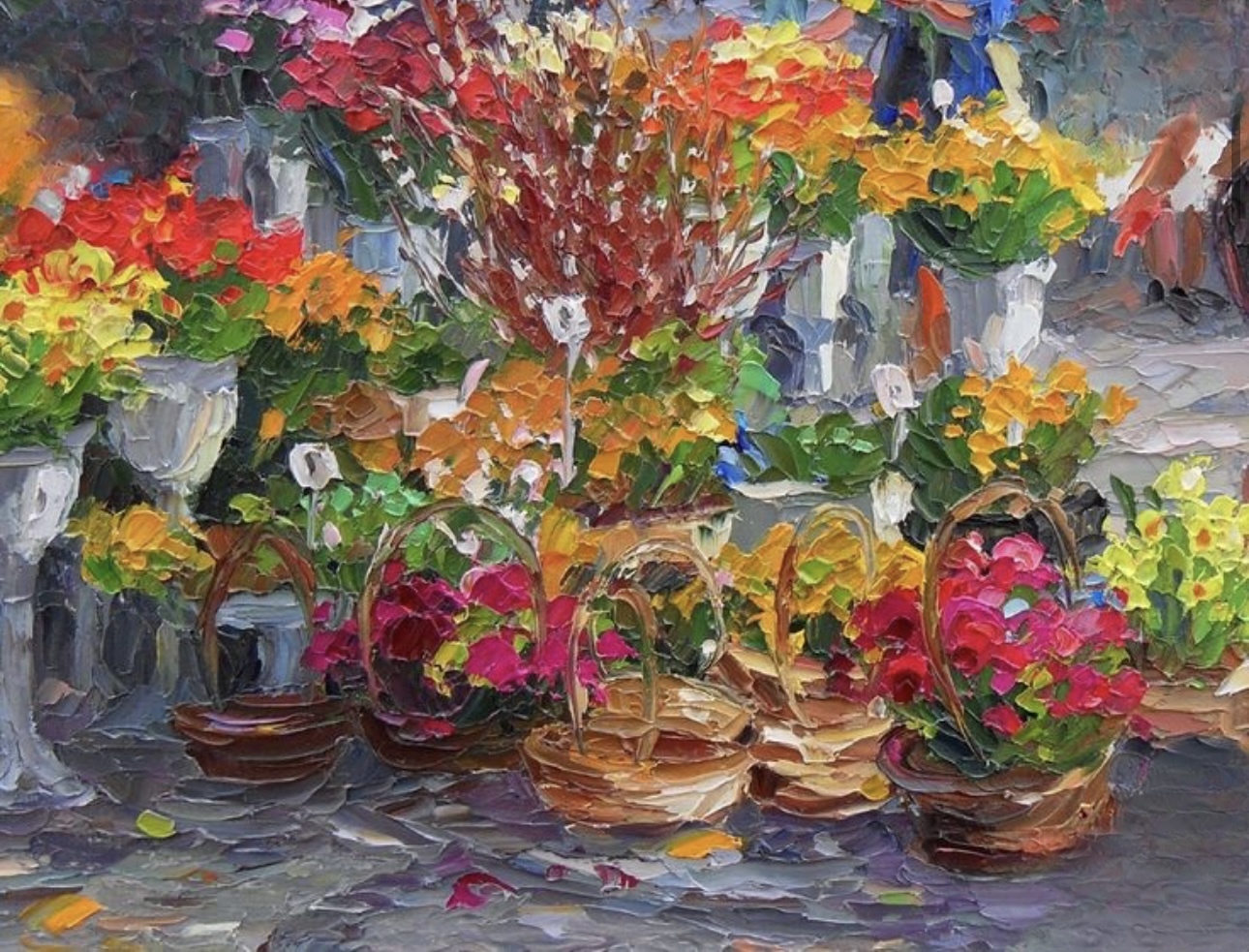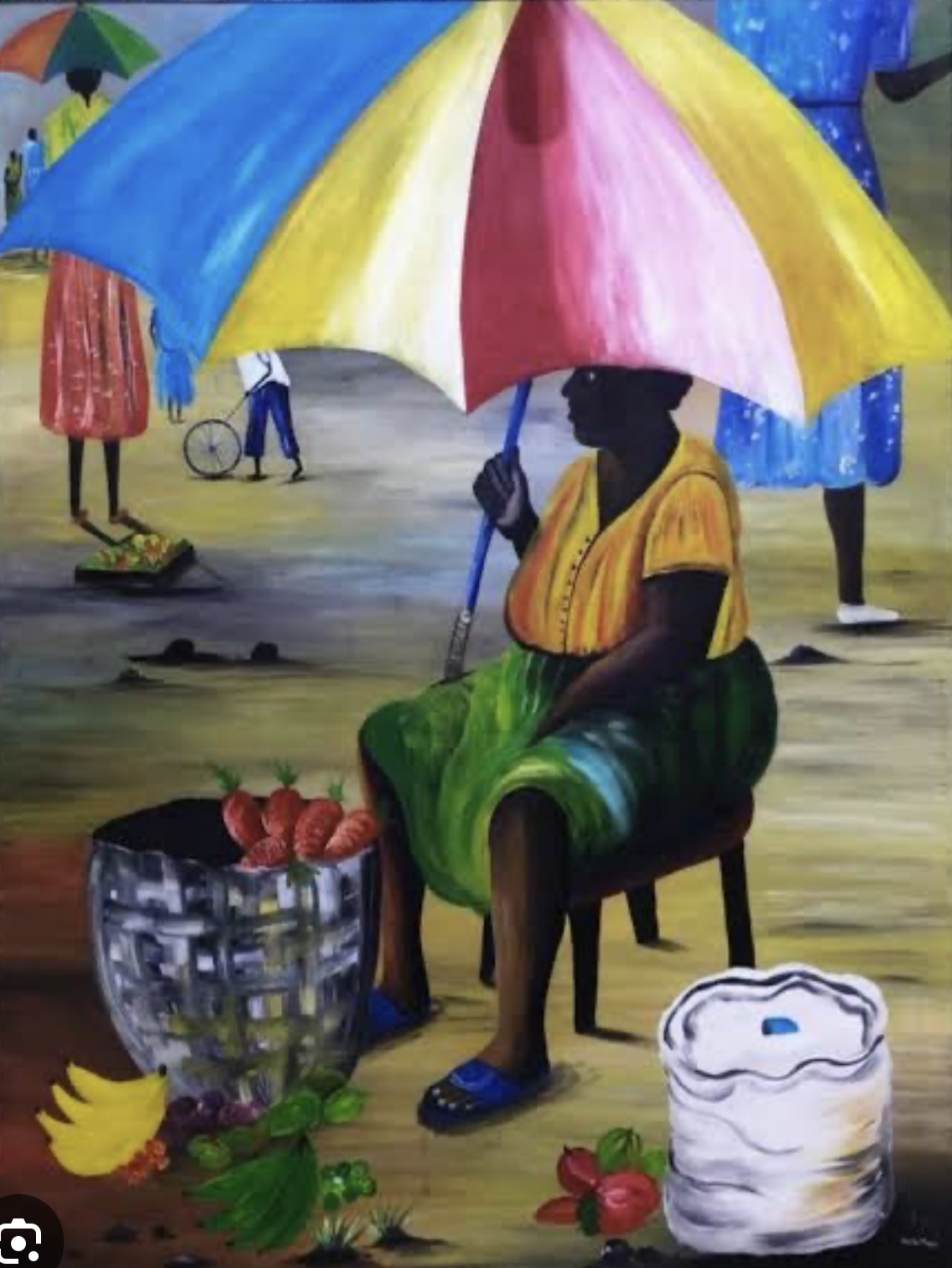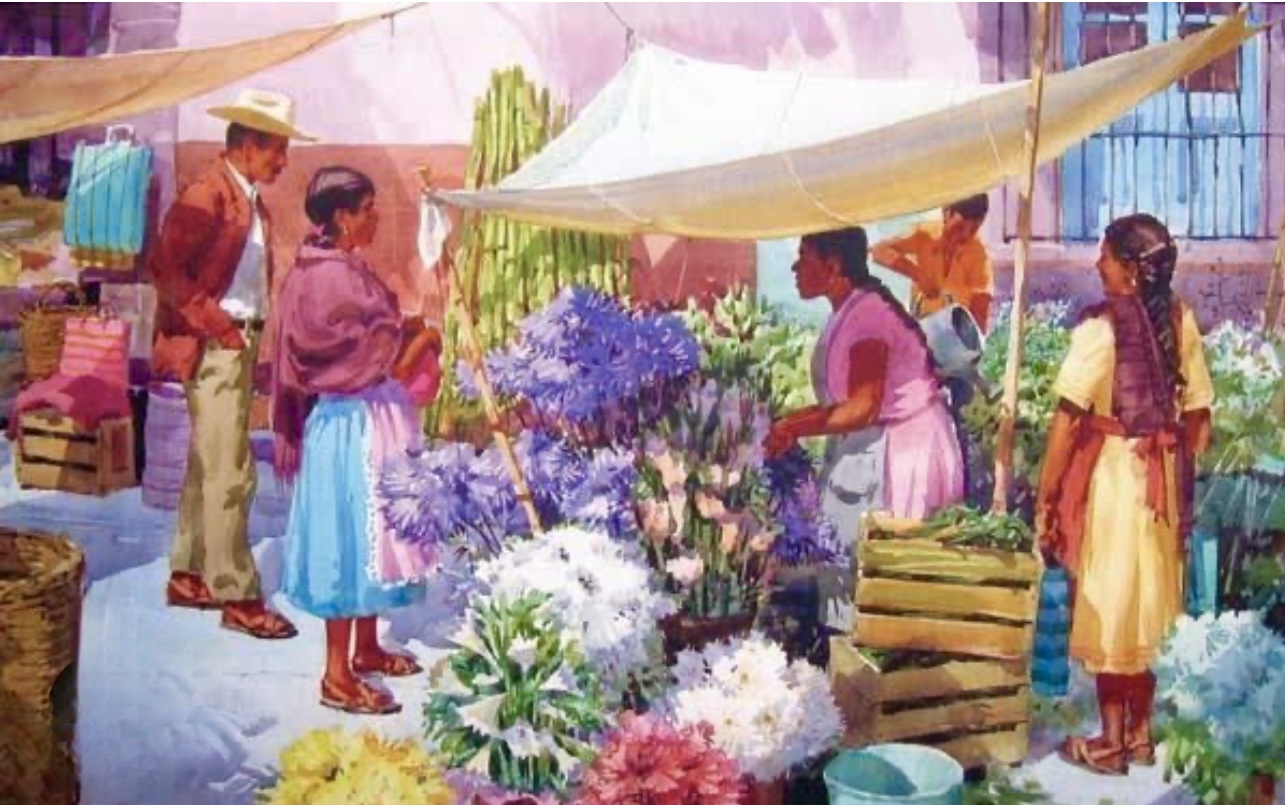Visual Artist Collaborations
Find Your Artistic Voice - A Book Review
Do You Make Art When You Can't Sleep?
It's 4 a.m. and I am wide awake. It doesn't make any difference if I go to bed at 10 p.m. or midnight. I am wide awake at 4. My mother and grandmother would do the same thing. Mom would get up, make herself toast and then meditate or read. My grandmother would write letters.
I sometimes get up and make art. However I know as soon as I throw my legs over the side of the bed I am up for good. This morning I was wondering if famous artists got up to create in the middle of the night. I was awake anyway, so decided to do a bit of research.
Vincent van Gogh often worked until 3 or 4 in the morning while he was in an asylum. He created some of his most famous pieces in the middle of the night like The Starry Night.
Lee Krasner, one of the most important Abstract Expressionists had insomnia after the death of her husband Jackson Pollock. It was during this period that she created her "Night Journeys" series.
The French author Coletter said that "insomnia is almost an oasis in which those who have to think or suffer darkly take refuge."
There's even a term for it... "Creative Insomnia." It seems that there are a lot of creative folks awake in the middle of the night. It is common for people in creative fields to not be able to turn off their thoughts at night.
There's good news an bad news about Creative Insomnia. It can lead to new ideas and periods of high productivity. It also can be detrimental to your health and mental well-being.
What about you. Do you have times of Creative Insomnia? Do you get up and create?
My Favorite Quote About Art
"Art washes away from the soul the dust of everyday life."
The quote about art washing away dust is widely attributed to Pablo Picasso and speaks to the transformative power of art. It suggests that whether creating art or viewing art, it can make us feel renewed, transform our spirit and offer a break from the mundane struggles of every day life.
Art, from this point of view, is a revitalizing power that offers fresh perspectives of the world. It lets us see things anew. It was Picasso's strong opinion that art is not just decorative but is necessary for spiritual and mental well-being.
A Very Cool Artist I Just Recently Discovered - Wifredo Lam 1902-1982
"With regard to life, modern painting is a revolutionary activity...
We need it in order to transform the world into a more humane place where mankind can live in liberty... We must accept these things with passion. It means that we must live imaginatively."
Why Make Art During Difficult Times
Novels about Artists and Art
Here are some I have on my "To Read" list, in no particular order.
A Piece of the World by Christina Baker Kline is a 2017 historical novel that fictionalizes the life of Christina Olson, the woman who inspired Andrew Wyeth's 1948 painting "Christina's World."
Still Singing. Still Creating. Still Protesting.
At the beginning of chapter one in Rollo May's classic book The Courage to Create, May asks...
"Shall we, as we feel our foundations shaking, withdraw in anxiety and panic?"
Once again 50 years later we are feeling our world turn upside down. Last month as I sat cutting paper up for my latest collage, I was asking myself why bother making art? I decided to get on a plane to the U.S. and march in a protest. As I marched with thousands of other baby boomers I thought we know how to do this. We have done this before. We are meant for these times.
The highlight of that protest was the presence of Joan Baez. She is 84 years old, still marching and still sharing her gifts in song. What an inspiration.
Since coming home I have been searching for what artists and writers are saying about creating during difficult times. I have started a collection of their thoughts to inspire me when the world feels like too much. Hope they inspire you as well.
Toni Morrison: "This is precisely the time when artists go to work. There is no time for despair, no place for self-pity, no need for silence, no room for fear. That is how civilizations heal."
Vincent Van Gogh: "Art is to console those who are broken by life."
A collective of artists: "When people in power try to remove our humanity and our dignity, art and music provide a raison d'être. The simple act of making music in difficult times becomes an act of defiance and self-determination."
Dorthea Tanning, painter: "Art has always been the raft onto which we climb to save our sanity."
Shane Koyczan: "If your heart is broken, make art with the pieces."
Willie Nelson: "I think most art comes out of poverty and hard times."
Are you finding it difficult to create during these dark times?
Selfies: a celebration of a modern-day obsession
Selfies as an obsession these days is certainly an understatement. As a photographer I rarely took a self portrait and still rarely take a selfie unless texting friends a picture of my new haircut.
Some of the 50 self-portraits in this exhibit are pretty straight forward some have been manipulated and are more complex. I find nearly all of them interesting. A link to the complete 50 follows my favorites, I posted here.
Farmers Markets
I have traveled a lot and there is one thing I always love to do no matter where I am - visit a farmers market.
Farmers Markets are so universal across generations and cultures. If you are in a large city like Paris or New York City, are in a small rural village or beach town, you can always find a farmers market to visit. It's such a familiar experience...
vendors displaying their goods
locals picking out produce for dinner
neighbors greeting neighbors
Many artists have painted farmers markets. I have often photographed them but have yet to paint one. It's on my paintings to do list.
Here are some farmers market paintings to inspire you. What is your creative version?
Personal Symbols
Gather together a page of symbols that have personal meaning to you. They can be based on your heritage, where you live, symbols that just keep reappearing in your art or symbols you are strongly drawn to. Try googling "symbols" to see what attracts your attention.























































